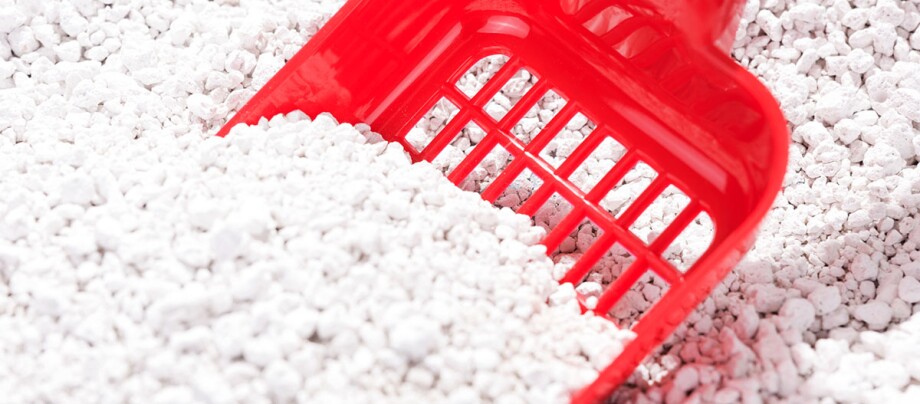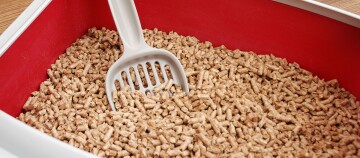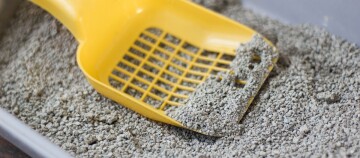Cat Litter Tips to Keep Your Feline Happy
24.06.2025 - Reading time: 3 minutes

Cats are clean by nature. Once a cat’s done its business, it will quietly bury the evidence. Outdoor cats manage this easily, but indoor cats need a bit of help. That’s where a litter tray comes in. But just like we’re fussy about our toilet paper, cats can be particular about their litter. With so many types and brands out there, how do you know which one to go for?
How Long Has Cat Litter Been Around?
Cats naturally bury their waste – not out of shame, but to stay under the radar. It’s instinctive, helping them avoid detection by other animals. For indoor cats, though, this instinct becomes a bit of a challenge. The solution came in the 1940s thanks to an American man named Edward Lowe. He came up with a mix of bentonite and silicate that cats took to straight away – a big step up from the old mix of sand, sawdust and ash. He called it “Kitty Litter”, and the rest is history. His company eventually became part of Ralston Purina.
What’s Cat Litter Made From?
Lowe’s original mix of silicate and minerals is still the base for most litters today, though the range has grown massively.
What’s the Best Litter for Kittens?
If you’ve got kittens at home, it’s best to avoid clumping or silicate litter at first. Kittens are curious little things and might try to eat it. That can be dangerous if it clumps in their stomachs. Instead, go for an organic litter made from wood or plant fibres – it’s not ideal nutritionally, but it’s far safer. Once they’ve learned not to nibble the litter, you can gradually switch to a standard type if you like.
Why Is My Cat Eating Litter?
If your adult cat starts eating litter, take notice. It could irritate their digestive system or even cause blockages. Sometimes, it’s a sign of a mineral deficiency – your cat might be trying to make up for something missing in their diet. Keep an eye out for other signs like pale gums or tiredness. Worms, hormonal issues or diabetes can also be culprits. If you’re worried, a trip to the vet is a good idea. On the other hand, it might just be a bad habit caused by boredom or stress. In that case, try switching to a safer, plant-based litter and make sure your cat has plenty to keep it entertained.
What Types of Cat Litter Are There?
Mineral Litter
Made from clay minerals, this type soaks up more liquid than sand but doesn’t do as well with odours.
Silica Gel Litter
This porous material absorbs liquid and locks in smells while letting moisture evaporate. It stays dry longer, but it’s so light it can get stuck in long fur and end up all over the house.
Organic Litter
Made from wood fibres, pellets or maize straw, this is the eco-friendly option. It’s fully biodegradable and still does a decent job of soaking up moisture.
Clumping Mineral Litter
A modern twist on the classic mineral litter, this one includes more bentonite. When it gets wet, it clumps together like clay – handy for scooping and means you don’t have to change the whole tray as often.


